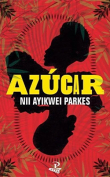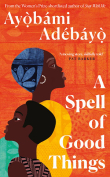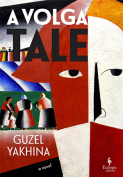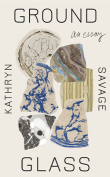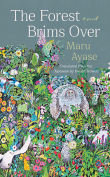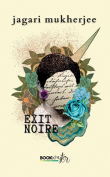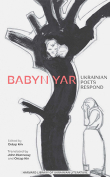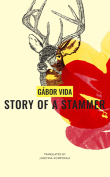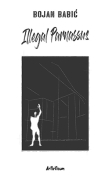Story of a Stammer by Gábor Vida
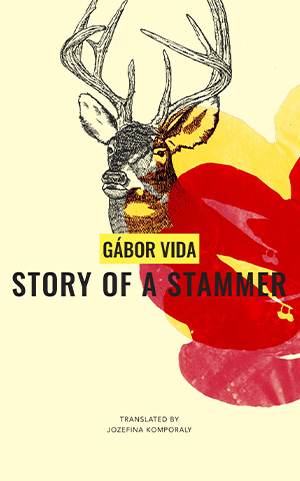 London. Seagull Books. 2022. 388 pages.
London. Seagull Books. 2022. 388 pages.
Gábor Vida is a Transylvanian Hungarian writer of distinction. His novel Egy dadogás története was first published in 2017 and received rave reviews in Hungary. Reading it now in English translation one can see why: it is a rich bildungsroman, the story of a young man growing up, arranged in a mixture of chronological and thematical order, a “precocious” autobiography colored by the physical and intellectual struggles and wanderings of the author. Vida is doubly disadvantaged, first as a member of the Hungarian ethnic minority in Romania and as a stammerer in his native tongue, the latter being a serious obstacle of intelligent communication. (Oddly, he does not stammer in his second language, Romanian.)
This impediment makes his personal story unique. His family lives at “a strange provincial place,” Kisjenő (Chişineu Criş), near Arad, that is at the end of the Hungarian Plain in a mostly Romanian industrial setting, but his mother has strong connections with Szeklerland (in Hungarian Székelyföld) where she was born, so Vida alternatively has two homes, or no proper home at all. The schools he attends are in a state of constant neglect and turmoil characteristic of Communist Romania in the 1970s and ’80s, and it is a minor miracle that he is able to fight his way through the obscurantism of the Romanian majority and the poor educational facilities in the Hungarian section of the university in Cluj.
Vida’s description of his extended family is amusing and depressing at the same time. A stoic, quiet father and energetic, staunchly Protestant mother are described as existing on different timescales, living in fact in two different realities. The same is true for Gábor’s two grandfathers, of whom the Székely grandpa-uncle Gyurika is painted in striking colors and with much psychological insight. Various other “uncles” crop up through the narrative, both of nasty and good character, of whom Uncle Gazsi, a teacher at Arad, makes the greatest impression on young Gábor with his knowledge of history and strong conviction that “socialism would soon collapse, but the chaos that would take its place could not deliver much good” for it cannot change the primitive mentality of society. Another person who makes a deep impression on the author is his passionately antiregime French teacher, Madame Vulpescu, who is described as his “first urban Romanian,” though in fact she is of Armenian origin.
At one point, young Vida states that his favorite author is Jack London, and indeed, there is something Londonesque about his many temporary jobs, of which seasonal work at a cannery is the most memorable because it brings about the author’s sexual initiation. But the chapter of Story of a Stammer that sticks most in one’s mind is “The Army,” with its scenes of deliberately created horror and constant humiliation imposed by authority. The young recruits are sent to do agricultural work in terrible conditions with polluted drinking water, fighting storms of sand and ever-present mud, forced into senseless drudgery that exhausts them to the point of a zombielike existence. Conditions improve later, in 1987, when even the army officers recognize that popular resistance to the Ceauşescu regime is growing in the country and whiffs of free speech reach Romania from Hungary. The narrative ends when the demobbed Gábor Vida finally gets a place to study Hungarian and French at Babeş-Bolyai University at Cluj, a sort of happy ending that our long-suffering hero amply deserves.
Story of My Stammer reads effortlessly thanks to Jozefina Komporaly’s translation, which includes Romanian expressions as well as frequent references to Hungarian classics and historical personages, explained in the translator’s notes. She also resists translating the specific Hungarian term Székely (Szekler) for the Hungarian inhabitants of three Transylvanian counties, a word used throughout this very readable book.
George Gömöri
UCL/SEES, London





